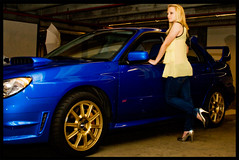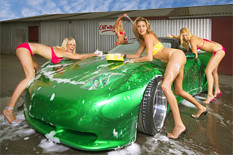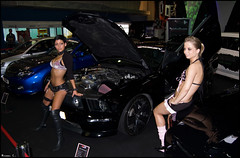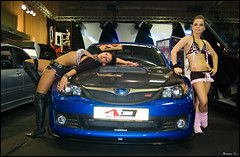



 http://en.wikipedia.org/wiki/Buick_Wildcat
http://en.wikipedia.org/wiki/Buick_WildcatInterestingly, engine names referred to engine torque output rather than engine displacement. The "Wildcat 445" was a 401 CID V8 that produced a peak torque rating of 445 ft·lbf (603 N·m), while the "Wildcat 465" was a 425 CID V8 that produced 465-FT-LB of torque. The "dual quad" version of the Wildcat 465 was dubbed "Super Wildcat."
There was a guy in San Diego who took a dual quad 455 out of a Wildcat and stuffed it into his 71 Dodge Charger. When I asked him "Why?!" He responded that he was a tinkerer. aka goofball who had too much time on his hands, a rare engine, and a need for extra attention. You know the type.







